Understanding UV Light Technology in Air Purifiers
Exposure to UV lights is something that every person is most likely exposed to each and every day, whether they know it or not. UV lights can be used in commercial, industrial, and healthcare settings to fight off a wide variety of pollutants, bacteria, viruses, etc. Additionally, UV lights will also be found in the rays of the sun that you are basking in when having a beach day or hanging by the pool. This electromagnetic radiation comes from the sun and is transmitted at different wavelengths and frequencies into the air space where individuals can eventually become exposed and unprotected from in their environment.
When it comes to UV light, on the electromagnetic spectrum the UV light will fall between visible light and x-rays, this will ultimately be split into different UV light classifications – UVA, UVB, or UVC. These different UV light classifications have most recently been popularly deployed in air purification systems as a means to effectively kill and remove microorganisms like bacteria, viruses, and mold spores from the air of an indoor environment. However, is UV light safe for use in these air purification devices and how does these specific UV light types (UVA, UVB, and UVC light) work when used in these air cleaning devices?
In this article we are going to learn more about the advantages/disadvantages of using UV lights in air purification devices and understand the impacts that UV light can have on the indoor air quality in a home and other personal indoor environment.
What Does UV Stand for
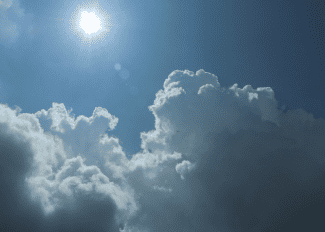 UV stands for Ultraviolet light and it is a type of electromagnetic radiation that comes from the sun and is transmitted at different frequencies and wavelengths. These UV light rays are the invisible rays that are part of the energy that comes from the sun that can and will burn the skin – and potentially cause skin cancer. As we discussed previously UV light radiation is made up of three types of rays – ultraviolet A (UVA), ultraviolet B (UVB), and ultraviolet C (UVC).
UV stands for Ultraviolet light and it is a type of electromagnetic radiation that comes from the sun and is transmitted at different frequencies and wavelengths. These UV light rays are the invisible rays that are part of the energy that comes from the sun that can and will burn the skin – and potentially cause skin cancer. As we discussed previously UV light radiation is made up of three types of rays – ultraviolet A (UVA), ultraviolet B (UVB), and ultraviolet C (UVC).
Most natural UV light that people encounter in their everyday life comes from the sun. However, according to Live Science only about 10 percent of sunlight is UV, and only about one-third of this light penetrates the atmosphere reaching the ground. The Environmental Protection Agency (EPA) has developed an Ultraviolet Index (UVI), which is a rating scale with numbers from 1 to 11 that indicate the amount of skin-damaging UV rays reaching the Earth’s surface during the day. The higher the UVI number, the more intense the UV rays you will be exposed to from the sun. There has also been the creation of artificial sources for producing UV radiation, such as tanning booths, black lights, curing lamps, germicidal lamps, mercury vapor lamps, halogen lights, and fluorescent.
How Does UV Light Work
The germicidal properties of sunlight were discovered decades ago, showing the significant capabilities of ultraviolet (UV) light technology for cleaning and sanitizing a broad array of environments. Thus, the addition of UV lights in many different products has been incorporated to give these specific things the ability to kill germs and other microorganisms in the environment. In comparison to other lights that we can visibly see with the human eye, UV lights have a high frequency that affects organisms such as bacteria and mold.
An artificially created UV lamp that is used in a variety of products such as tanning beds, germicidal and curing lamps, and used in air purifiers are used to assist in sterilizing and purifying. These UV lamps come in a variety of sizes and shapes that allow them to be integrated into a wide range of products like air purifiers. When it comes to how these UV lights work when integrated into an air purifier will mostly depend on the type of UV light that is used (UVA, UVB, or UVC) and if these different UV light classifications produce ozone as a byproduct into the environment.
UV Light Uses
Ultraviolet light (UV) has proven to be a very useful and effective purifying and sanitizing method that can be used in an assortment of products – from commercial, industrial, and healthcare products. Some of the most popular uses of UV light includes tanning and skin treatments, fluorescent inspection, disinfection and germ control, and even air cleaning and bug removal.
Below we are going to discuss these popular uses of UV lights and how the UV light works in these different products and uses.
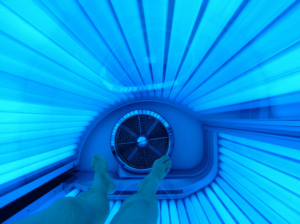 Tanning/Skin Treatments: UV light is commonly used for tanning due to its ability to imitate the effects of sunlight on the skin. Indoor tanning beds provide people with a more uniform tan throughout the entire body and in less time that traditional outdoor tanning. Indoor tanning, however, contains many disadvantages like exposure to UVA lights that can be significantly dangerous to human health and skin.
Tanning/Skin Treatments: UV light is commonly used for tanning due to its ability to imitate the effects of sunlight on the skin. Indoor tanning beds provide people with a more uniform tan throughout the entire body and in less time that traditional outdoor tanning. Indoor tanning, however, contains many disadvantages like exposure to UVA lights that can be significantly dangerous to human health and skin.- Fluorescent Inspection: UV lamps can also be used to inspect surfaces on different materials. Fluorescence is when some substances absorb the UV light’s energy and change it into visible light. When the dye glows in the dark this will be indicative of something on the material.
- Air Cleaning and Bug Removal: There are multiple pollutants that can be found in an indoor environment like mold growth, bacteria, and viruses. These UV light to kill mold have been incorporated into air purification devices to help improve the indoor air by effectively removing and killing these microorganisms from the air space. In addition, the UV rays can also be used for bug removal in a home. These rays are used as bug zappers that use UVA light to attract and kill them in the air.
- Disinfection & Germ Control: Ultraviolet light has also been used in water to inactivate the small creatures in this environment, thus disinfecting water. This process of disinfecting water is chemical-free and will effectively destroy bacteria that fall within a certain wavelength. This has additionally been used in water treatment facilities, treating water more efficiently than boiling water.
Is UV Light Safe in Air Purifiers?
The new wave of technology has made a drastic impact on a number of industries and included in this technological advancement is the air purification sector. Whenever you are looking for an air purifier, there are many different factors that you should consider during the process of purchasing an air purifier – like the technology that is used, how safe it is, and how effective it improves the indoor air quality. Many air purifiers that use UV lights within them are typically safe for use in indoor environments, however, there are some that can produce dangerous byproducts into the air space such as ozone.
UV lights in air purifiers will incinerate and destroy particles on initial contact, particularly microorganisms like bacteria, viruses, and mold spores. Some air purifier manufacturers coat their bulbs in a special substance or only use certain UV lights that are outside of the ozone producing wavelengths to ensure its safe utilization in an indoor space around occupants. However, some do not, so it is critical to do your due-diligence before purchasing an air purifier that uses UV lights – to ensure that it is within the safe range and will not have an adverse impact on the indoor air quality and human health upon exposure.
UV Light Ozone Production
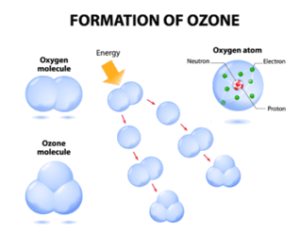 A dangerous component to the use of UV lights in air purifiers is the potential for it to produce the hazardous byproduct of ozone into the airspace of the environment. Ozone is an unstable oxygen molecule (O3) that reacts to anything it bumps into in the air. The ozone will react with and break down a wide variety of pollutants that it comes into contact with, however, the potential effects it has on human health can be devastating – as it can impact the lung functions and other health functions from exposure.
A dangerous component to the use of UV lights in air purifiers is the potential for it to produce the hazardous byproduct of ozone into the airspace of the environment. Ozone is an unstable oxygen molecule (O3) that reacts to anything it bumps into in the air. The ozone will react with and break down a wide variety of pollutants that it comes into contact with, however, the potential effects it has on human health can be devastating – as it can impact the lung functions and other health functions from exposure.
When it comes to staying in the safe zone of non-ozone production when using UV lights in air purifiers, it must fall within that certain safe level wavelength that avoids ozone production in the environment. To create ozone in the environment from a UV Air Purifier, the light wavelength would need to be in the range of 160-240nm.
UV A B C Differences
UV lights come in three different classifications of UV radiation; UVA, UVB, and UVC. All of these different UV types have different risks that they pose to human health and the indoor environment when used in these spaces, and thus it is important to learn the differences between them to better prepare and protect yourself and your environment. The effects of UVA, UVB, and UVC lights can range depending on the amount of exposure, frequency of exposure, and the type of exposure that you receive and therefore the effects to human health and the indoor environment will vary.
Below we are going to discuss the major differences between UVA, UVB, and UVC lights.
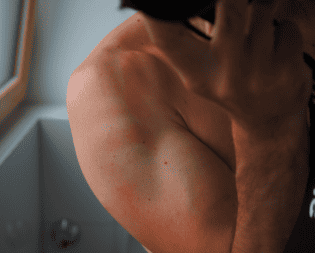 UVA Light: UVA light accounts for nearly 95% of the UV radiation that reaches the earth. This type of UV light is used most commonly in tanning beds due to its ability to penetrate the skin’s second layer. When it comes to skin damage and aging such as wrinkling and sunspots, the UVA light will be the major factor in this on an individual’s skin.
UVA Light: UVA light accounts for nearly 95% of the UV radiation that reaches the earth. This type of UV light is used most commonly in tanning beds due to its ability to penetrate the skin’s second layer. When it comes to skin damage and aging such as wrinkling and sunspots, the UVA light will be the major factor in this on an individual’s skin.- UVB Light: When you go outside and receive major skin reddening and sunburns, the UVB lights will be the chief cause of this skin condition. The UVB light will cause damage to the skin’s top layer which can have a damaging impact on the skin’s DNA. This type of UV light will burn unprotected skin in as little as 15 minutes, however, the intensity of UVB lights varies by season, time of day, and location.
- UVC Light: The shortest of all UV rays, UVC light never reaches the earth because the ozone absorbs it. The UVC light is found in man-made sources like mercury lamps and welding torches – as well as found in old school tanning beds. This type of UV light is not usually considered a risk for skin cancer when exposure occurs.
Is UV C Light Safe in Air Purifier?
UV C lights are the most prevalently used form of UV light used in air purifiers today. This type of UV light is specifically designed to act as a disinfectant in a UV-C air purification system. The UV C light contains exuberant amounts of energy in comparison to other visible light and is designed to convert molecules absorbed inside. This UV light works by trapping and effectively killing microorganisms around the light by destroying the DNA they require to survive.
When it comes to ozone production, UVC lights will vary based on if they will create this byproduct into the air. The wavelengths that the UVC lights fall within will determine if ozone is a threat while using these specific lights used in different air purification systems. UVC lights or germicidal UV are at a much more specific wavelength than what is termed “UV” broadly, which encompasses the wavelengths of 100-380nm. UVC are low-pressure lamps, more like a fluorescent lamp, with a specific wavelength of 253.7nm. To create ozone from UV, the light wavelength would need to be in the range from 160-240nm. A safe choice when it comes to using a UV air purifier is to use a system like the EnviroKlenz Mobile UV Air Purifier, since the EnviroKlenz Air Purifier uses UVC lights that has a wavelength of 254nm (which is outside of the ozone producing range!).
EnviroKlenz Mobile UV Air Purifier
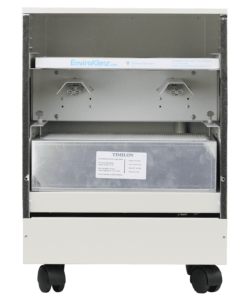 The EnviroKlenz Mobile UV Air Purifier is a revolutionary air purification system that tackles both noxious and toxic chemical and odor neutralization, fine particulate removal, and the effective ability to kill microorganisms through the use of UVC lamps. This uv light air purifier combines advanced EnviroKlenz technology for toxic and noxious chemical and odor removal with HEPA filtration and ultraviolet germicidal radiation (UVC) to remove airborne particulates and allergens and inhibit the growth of captured microorganisms (such as bacteria, viruses, and mold spores).
The EnviroKlenz Mobile UV Air Purifier is a revolutionary air purification system that tackles both noxious and toxic chemical and odor neutralization, fine particulate removal, and the effective ability to kill microorganisms through the use of UVC lamps. This uv light air purifier combines advanced EnviroKlenz technology for toxic and noxious chemical and odor removal with HEPA filtration and ultraviolet germicidal radiation (UVC) to remove airborne particulates and allergens and inhibit the growth of captured microorganisms (such as bacteria, viruses, and mold spores).
The UVC lamps are strategically located above the collection site of the HEPA filter that will effectively filter and trap these growing microorganisms. The UVC lamps will shine on the collection site of the HEPA filter providing the lights with an effective killing/inactivating of these organisms on contact. Therefore, making the EnviroKlenz Mobile UV Air Purifier a full-spectrum air purification device that provides the removal of multiple airborne pollutants from the air to improve overall indoor air quality.
UV Mobile Air System

✓ Patented earth mineral technology works to attack VOCs and break them down on a compound level
✓ No chemicals or masking agents
✓ Will not release any chemicals back into your environment
✓ UVC lamps are continuously shining on the collected organisms with high effeciency of kill and destruction
Comments
Post a Comment